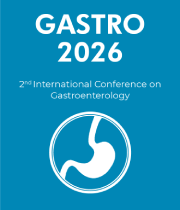Esophagectomy
Esophagectomy is a surgical procedure to remove part or all of the esophagus, the tube that connects the throat to the stomach. The procedure is used to treat cancer in the esophagus as well as other conditions, such as a narrowing of the esophagus (stricture) or other blockage. Depending on the extent of the surgery and the patient’s overall health, the procedure can be done in a variety of ways and involve a variety of techniques. Open esophagectomy is the most common type of esophagectomy, and it involves a long incision in the upper chest and abdomen. The surgeon will then remove the cancerous or diseased portion of the esophagus, along with some of the tissue surrounding it. The remaining portion of the esophagus is then reattached to the stomach or small intestine. Robotic esophagectomy is a newer type of esophagectomy that is done with the help of a robotic system. The surgeon uses a small camera and robotic arms to perform the procedure, which can help reduce the risk of complications. Robotic surgery is still considered experimental, so it is not widely available. For both types of esophagectomies, the patient will typically be hospitalized for several days after the procedure. During this time, they will be given antibiotics to prevent infection, as well as medications to help ease pain and discomfort. After the surgery, the patient will need to follow a special diet for several weeks to give the esophagus time to heal. Generally, a full recovery can take up to three months.



